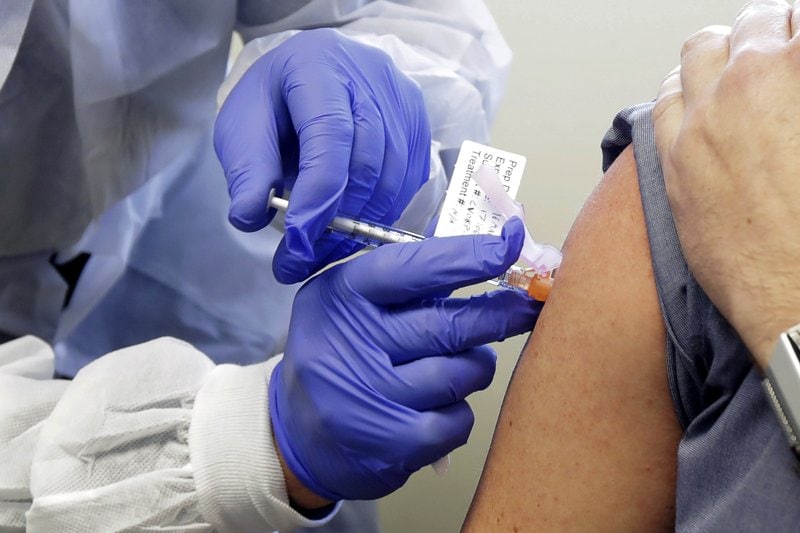
Florida reported more than 100 new COVID-19-related deaths Thursday. That came as the state also tabulated close to 6,000 new cases of the virus.
While hardly near the the summer and holiday spikes, the Thursday update from the Florida Department of Health showed a trend in the wrong direction in both measures.
The total caseload for the state grew to 2,027,429 tested positive for coronavirus since it surfaced in Florida last March. That represents an increase of 5,773 since Wednesday’s release.
The numbers include 1,989,922 Florida residents, along with 37,507 out-of-state residents who tested positive while visiting.
Florida also reported another 109 previously unreported pandemic deaths, putting the human toll in the state at 33,589. That includes 32,957 Florida residents who died before recovering from the virus, and 632 individuals who died while in the state.
The significant increase in infections came as Florida health officials reported results from 123,970 COVID-19 tests. Of those, 8,528 came back positive, about 6.88%. That’s well below the 10% threshold above which health officials consider the spread of the virus out of control, and the positivity rate for only new cases among Florida residents was 5.58%.
The last update from the Centers for Disease Control and Prevention shows Florida also has 1,042 cases of the variant B.1.1.7 strain of the virus and 23 cases of the P.1 mutation, in both cases the most infections of any state. Florida also has seen 10 cases of the B.1.351 strain.
On a positive note, Florida has now administered more than 8 million doses of vaccine.
A total of 5,346,471 individuals have received at least one dose, an increase of 141,232 individuals since the Wednesday report.
Of those, 194,638 received the single-dose Johnson & Johnson vaccine, and another 2,724,625 completed a two-dose regiment of the Moderna or Pfizer vaccines. Another 2,427,208 have received one dose of Pfizer or Moderna and await a booster shot.
Editor’s note on methodology: The Florida Department of Health releases new data every morning around 10:45 a.m. The total number reported in those daily reports include the previous day’s totals as well as the most up to date data as of about 9:30 a.m.
Florida Politics uses the report-over-report increase to document the number of new cases each day because it represents the most up-to-date data available. Some of the more specific data, including positivity rates and demographics, considers a different data set that includes only cases reported the previous day.
This is important to note because the DOH report lists different daily totals than our methodology to show day-over-day trends. Their numbers do not include nonresidents who tested positive in the state and they only include single-day data, therefore some data in the DOH report may appear lower than what we report.
Our methodology was established based on careful consideration among our editorial staff to capture both the most recent and accurate trends.



